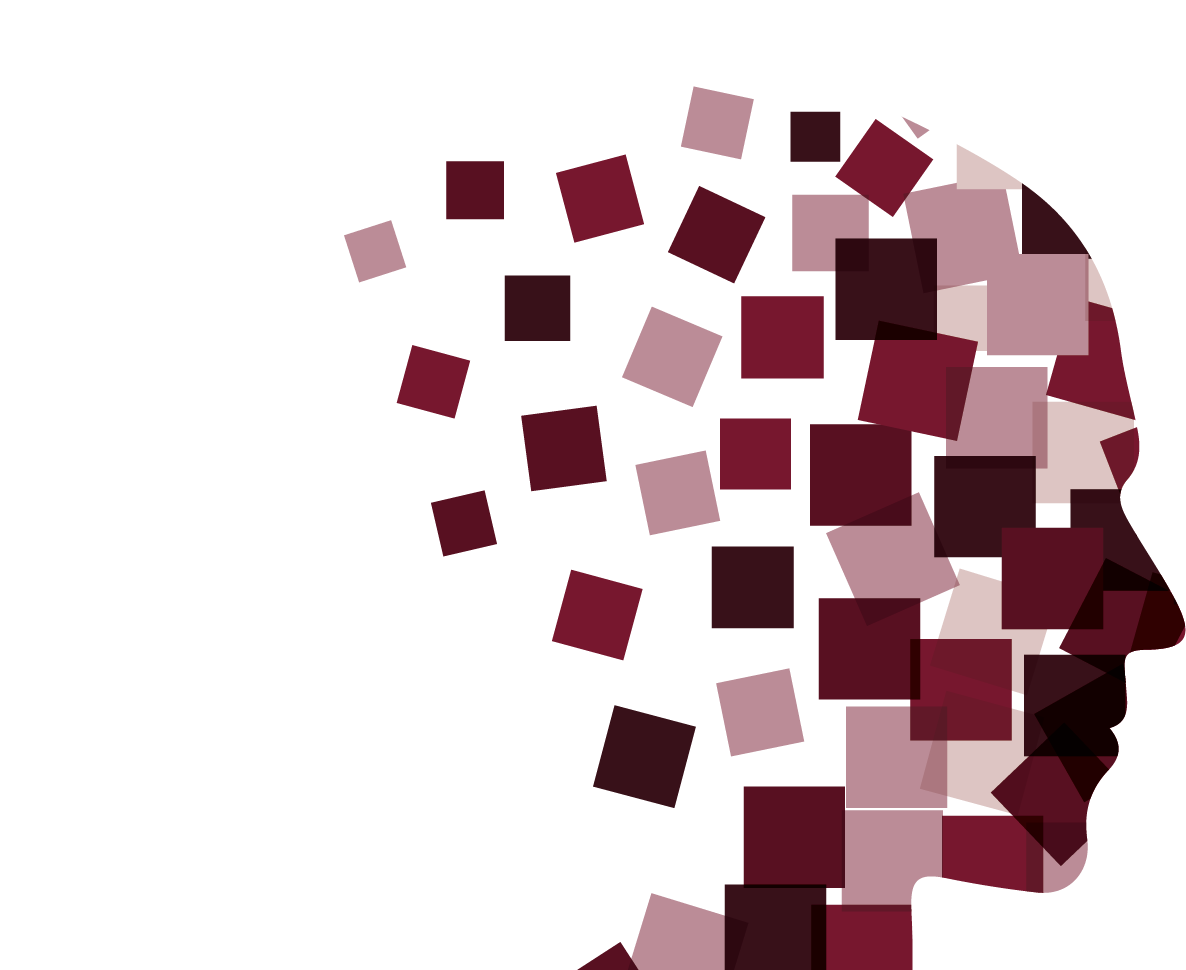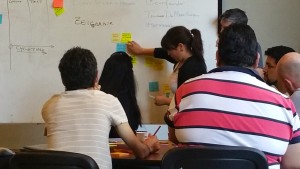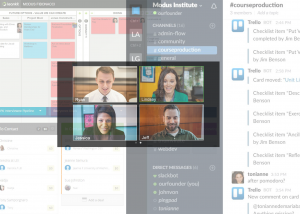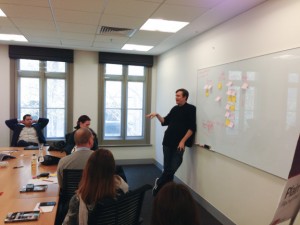You're drowning too. As a leader, you're managing upward pressure, downward pressure, sideways pressure, and your own life (maybe pretending it doesn't exist). You're exhausted. You're making decisions you know could be better informed, better vetted…better.
You're not failing. You're operating under existential overhead nobody acknowledges…and so is every person on your team(s).
Your Hidden Workload Load
You have a lot of work, yes. You are also carrying what we called in the Personal Kanban book, “existential overhead”: impossible expectations, market instability, responsibility for people's livelihoods, your own health issues, imposter syndrome, decision fatigue, the weight of knowing what's broken (or that you don’t), international politics.
And the culture demands you pretend you're fine because “never let them see you sweat.”
So you control what you can (your team's work). You push harder. You micromanage because it feels like the only thing you can control.
This doesn't help your team. It makes everything worse, because they’re already loaded and have their own existential overhead.
The Problem Leadership Creates
You are under deadline pressures, market pressures, performance pressures. Expectations. So you end up ignoring existential overhead and invisible work, you create a system where:
Your team operates at 30-60% cognitive capacity but you expect 100%
Work stays invisible, so you can't help them self-organize
People hide struggles until they burn out or quit
You get blindsided by departures
You lose experienced talent and have to retrain constantly
You end up micromanaging instead of leading…all while drowning in your own existential overhead.
A Better Way: Build Systems, Not Control
System 1: Make Work Visible
When work is visible (Personal Kanban, Obeya, any visual system collaboratively built with intent):
You don't need status meetings
People self-organize instead of waiting for you
Dependencies become obvious
Bottlenecks surface naturally
Your team doesn't need constant oversight
This reduces your cognitive load too. The board holds their work. You don't.
System 2: Acknowledge Variable Capacity
Make capacity conversations normal: "What's realistic?" "What existential overhead is affecting people?"
Build slack. Reserve 20-30% for inevitable crises and human reality. Build systems with the teams for what happens when complexity, change, or the unexpected happen. (You know they will.)
Plan for actual capacity, not fantasy.
What This Means for Your Leadership
You reduce your own load: Less mental load, more strategic thinking, better decisions, real ability to support instead of just controlling.
You actually support people: Ask "What's really happening?" Adjust expectations. Help people signal reduced capacity. Prevent burnout. Keep experienced people.
You build psychological safety: When work is visible and capacity is acknowledged, people stop hiding. They collaborate, share knowledge, innovate.
What This Looks Like
Old: "Why is this taking so long?"
New: "Given what’s going on, and what we need, what do we need to adjust?"
Old: Performance improvement plan
New: Capacity conversation
Old: Expecting full output at all times
New: Planning with actual capacity and slack for reality
Why This Matters Now
Over 80% of your workforce is at risk of burnout. That's because organizations ignore invisible work + existential overhead while expecting full capacity.
Leaders who win:
Acknowledge people are human
Make work visible
Plan with actual capacity
Build psychological safety through transparency
Model this themselves
The Hard Truth
You can't force people to have unlimited capacity. It's neurologically impossible.
What you can do:
Stop pretending they have it
Build systems that work with actual capacity
Make work visible
Acknowledge existential overhead
Create slack for human reality
Model this yourself
When you do: Your team performs better, stays longer, delivers higher quality, actually innovates.
That's what happens when you work with reality instead of against it.
Learn More
Full Existential Overhead article - How strong teams rapidly adjust to change and pressure.
Full Visualizing Work article - How we can build systems to see individual, team, and company load and balance.
Free webinar- Jim and Toni discuss how overload and overhead work and can be managed
Paid workshop - Build these systems
When your best person gives notice, will you understand why?
They were probably drowning. They probably couldn't tell you without feeling weak.
Make work visible. Acknowledge capacity. Model vulnerable leadership.
Your people are waiting for permission to be human at work. Give it to them.






